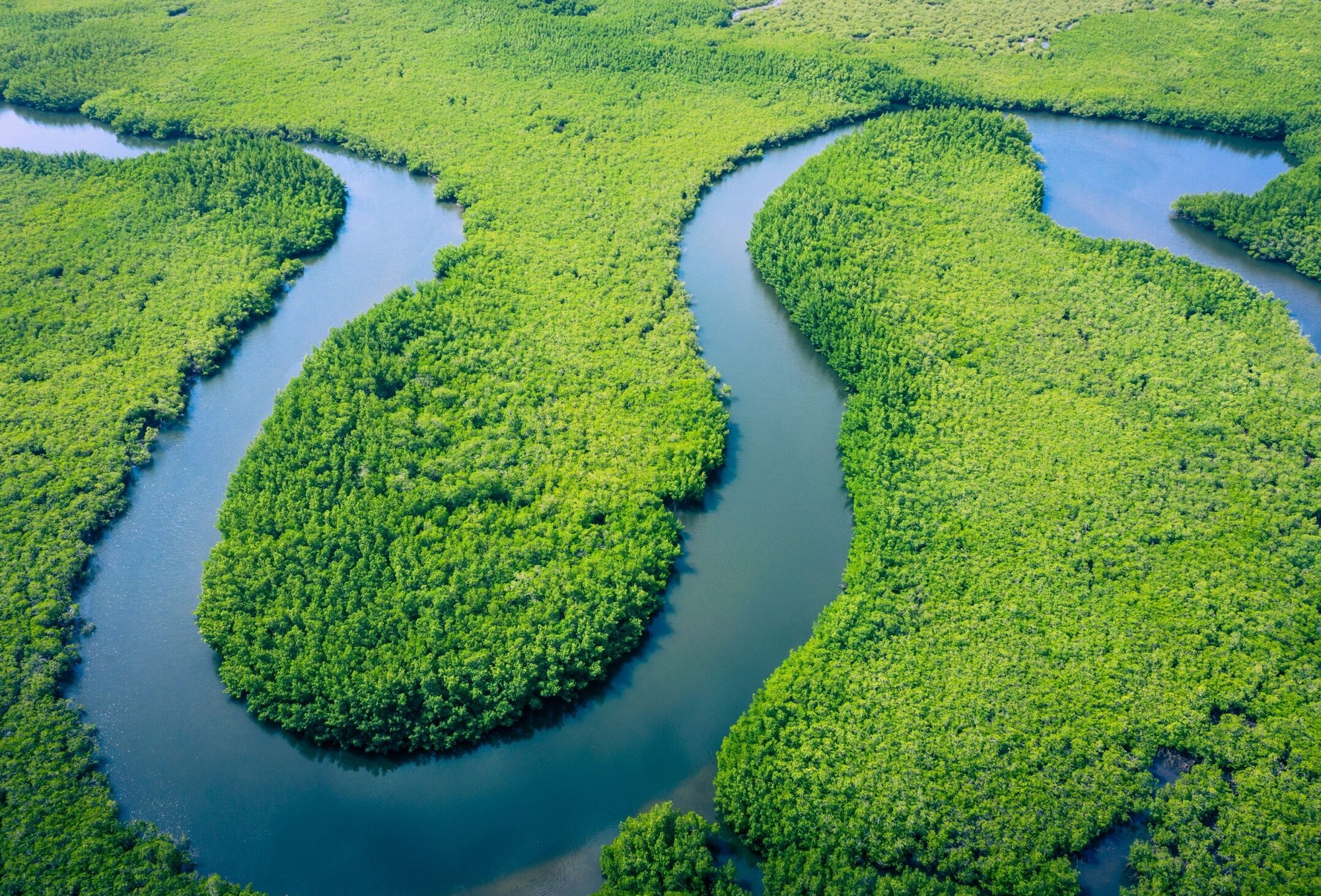New Research Reveals Rivers as Major Contributors to Ancient Carbon Emissions

A groundbreaking study conducted by researchers from the University of Bristol has transformed our understanding of river carbon emissions, revealing that over 50% of carbon dioxide (CO₂) emissions from rivers originate from ancient carbon stores. This significant research, published in the esteemed journal Nature, emphasizes the interconnectedness of land, air, and ocean systems in Earth's carbon cycle.
Rivers have long been acknowledged as vital components of the planet’s carbon dynamics, acting as conduits for gases like carbon dioxide and methane. Traditionally, scientists believed that the carbon emitted from rivers was primarily derived from more recent sources, such as decaying plant matter that had entered the ecosystem in recent decades. However, this longstanding perspective is undergoing a profound shift.
The study spearheaded by Dr. Josh Dean, an Associate Professor in Biogeochemistry at the University of Bristol, has uncovered that a staggering amount of river CO₂ emissions—estimated at around 1.2 petagrams, or 1.2 billion metric tons—comes from carbon that has been stored in soils, sediments, and rocks for centuries or even millennia. This revelation highlights a previously overlooked pathway through which ancient carbon is released back into the atmosphere via rivers and streams.
“It turns out that old carbon stores are leaking out much more into the atmosphere than previous estimates suggested,” Dr. Dean remarked, expressing his surprise at the findings. He further noted, “We don’t yet know how humans are affecting this flow of ancient carbon, but we do know that plants and trees must be taking up more carbon from the atmosphere today to account for this unrecognized release.” This insight calls for a reevaluation of how stable these ancient carbon stores truly are, especially in relation to future environmental changes.
To ascertain the age of the carbon present in rivers, the research team analyzed over 1,100 existing measurements and contributed an additional 54 new data points, collected from more than 700 river sites across 26 nations, including diverse regions in North and South America, Europe, China, East Africa, Australia, and even Antarctica. By utilizing radiocarbon dating techniques, known as F¹⁴C (fraction modern), the researchers were able to gauge how long ago the carbon had been sequestered from the atmosphere. Higher F¹⁴C values indicate recent carbon, while lower values suggest much older sources.
Dr. Gemma Coxon, a co-author of the study and an expert in hydrology at Bristol, emphasized the importance of this research, stating, “Rivers globally release about two gigatonnes of carbon each year. Over half of these emissions may be coming from carbon stores we considered relatively stable. This means we need to re-evaluate these crucial parts of the global carbon cycle.” In simpler terms, while some of the carbon found in rivers stems from recent processes like photosynthesis and decomposition, a significant portion is being reintroduced into the atmosphere after being sequestered for hundreds or even thousands of years.
Researchers categorized the sources of river carbon into three main types: Decadal carbon, which has entered the ecosystem since around 1955 through photosynthesis, representing recent biological activity; Millennial carbon, which has been stored in soils and ecosystems for extended periods and is mobilized by natural processes or land-use changes; and Petrogenic carbon, the oldest type, which is locked in geological formations and may be released through erosion and chemical weathering, dating back over 55,000 years. The findings indicated that a combined total of 59% ± 17% of river CO₂ emissions originated from both millennial and petrogenic sources.
Professor Bob Hilton from the University of Oxford, another co-author of the study, highlighted the balance between the younger and older carbon types: “We discovered that around half of the emissions are young, while the other half are much older, released from deep soil layers and rock weathering that were formed thousands and even millions of years ago.” This balanced perspective on carbon sources is crucial for understanding the dynamics of the global carbon cycle.
The implications of these findings are significant for climate science. Previously viewed as stable, the carbon stored in the Earth’s crust and soils is now recognized as potentially leaking into rivers and the atmosphere. This insight challenges existing climate models that typically treat soil carbon as a secure sink, presuming it remains locked away unless disturbed by human activities. If older carbon is naturally reentering the atmosphere through rivers, this could mean that climate models are underestimating the actual amount of carbon being released into the atmosphere.
Furthermore, this newfound carbon flux suggests that Earth’s natural systems, particularly plants and soils, might be working harder than previously understood to manage rising CO₂ levels. Dr. Dean emphasized this point by noting that plants and trees must currently absorb an additional gigatonne of CO₂ each year to compensate for this previously unaccounted release of carbon.
Moving forward, the research team aims to investigate additional regions that were not included in the initial dataset, focusing on how river carbon emissions vary depending on climate, landscape, and human activities. They are particularly interested in understanding whether these ancient emissions have increased over time, especially in response to deforestation, agriculture, or climate warming.
Supported by the UKRI Natural Environment Research Council, this study, which encompasses various continents and diverse river systems, marks an important step in unraveling the complexities of carbon movement within Earth’s systems. As the planet grapples with ongoing climate change, tracking this hidden flow of carbon will be vital in understanding the true dynamics of our carbon budget and formulating effective strategies for its protection.




























